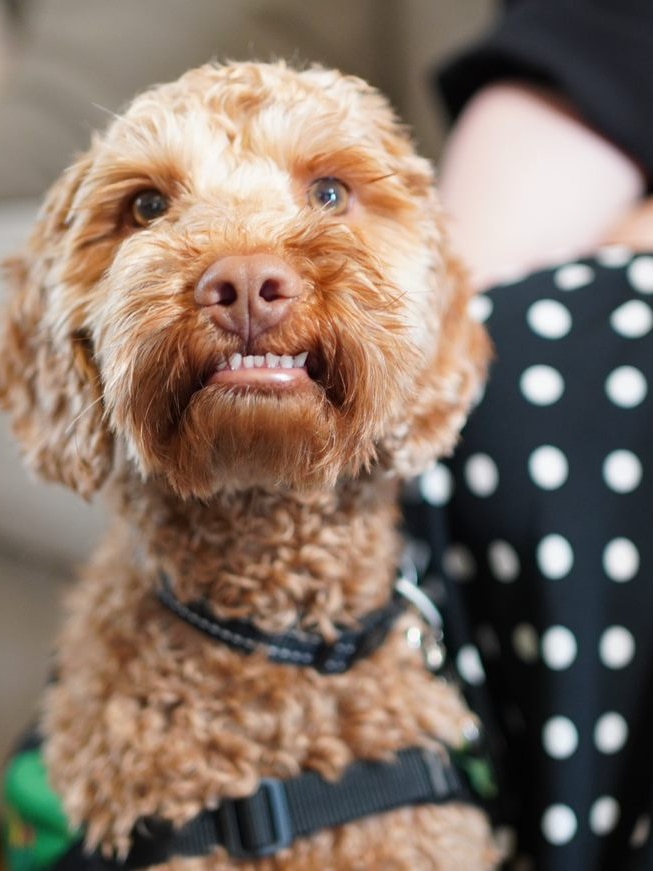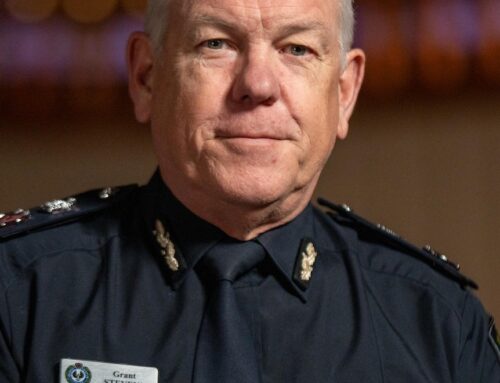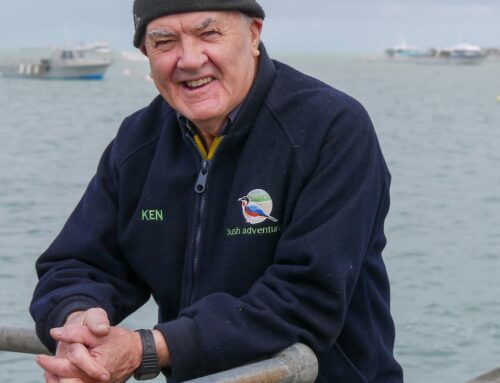Some mornings 30-year-old Eliza Bartlett, who lives with type 1 diabetes, struggles to wake up.
Key points:
- Eliza Bartlett is the first in Australia to receive a Lions Hearing Dog for diabetes
- The dogs have been trained to sniff out and alert low blood sugar levels
- Ms Bartlett believes a diabetic alert dog could save lives
“In the past, I have had moments where I’ve not really woken up in the morning … my family have found me,” Ms Bartlett said.
“Luckily, I’ve always been able to swallow food in those situations.”
But today Ms Bartlett has welcomed a new addition to her life, labradoodle Sal, who she believes could save her life.
Sal has graduated from intense alert training and will be able to sniff out low blood sugar levels, or hypoglycaemia.
As one of thousands of people in Australia living with type 1 diabetes, Ms Bartlett has waited two years for her new companion.
SA charity Australian Lions Hearing Dogs (ALHD) donated Sal to Ms Bartlett, the first from the charity in Australia.
“I’ve always wanted one, and I’m a massive dog lover as well,” Ms Bartlett said.
“Just having Sal with me all the time — who can either save my life or just be a great companion.
“She’ll be able to smell if my blood sugar’s low, or I’m high, and she’ll be able to come up and alert me by touch, that my blood sugar’s out of range and then she can respond to that as well.
“I can send her off, she can go get me some lollies or something, some treatment for my low blood sugars.
“She can get help, so she can find someone and bring them back to me … in the home.
“She can push to call my emergency contacts.”
‘Years of training’
Since the 1980s, ALHD has provided more than 650 assistance dogs to people with a hearing impairment.
It will now work to train more diabetic alert dogs, at a cost of about $40,000 each.
CEO David Horne said the cost was due to the time it took to fully train assistance dogs.
“These started [at] 10 weeks old … it’s a process until they’re about 14-to-18-months-old, it takes a while,” Mr Horne said.
“The first thing we need to do is we need to teach the dogs exactly what they’re looking for.”
Mr Horne said volunteers used their salvia to help train the animals.
“We are able to do that by exposing them to scents that we collect from volunteers who can safely give us samples of saliva when they are going through an episode,” Mr Horne said.
“It’s a bit of a controlled event, they collect them through cotton wool.”




